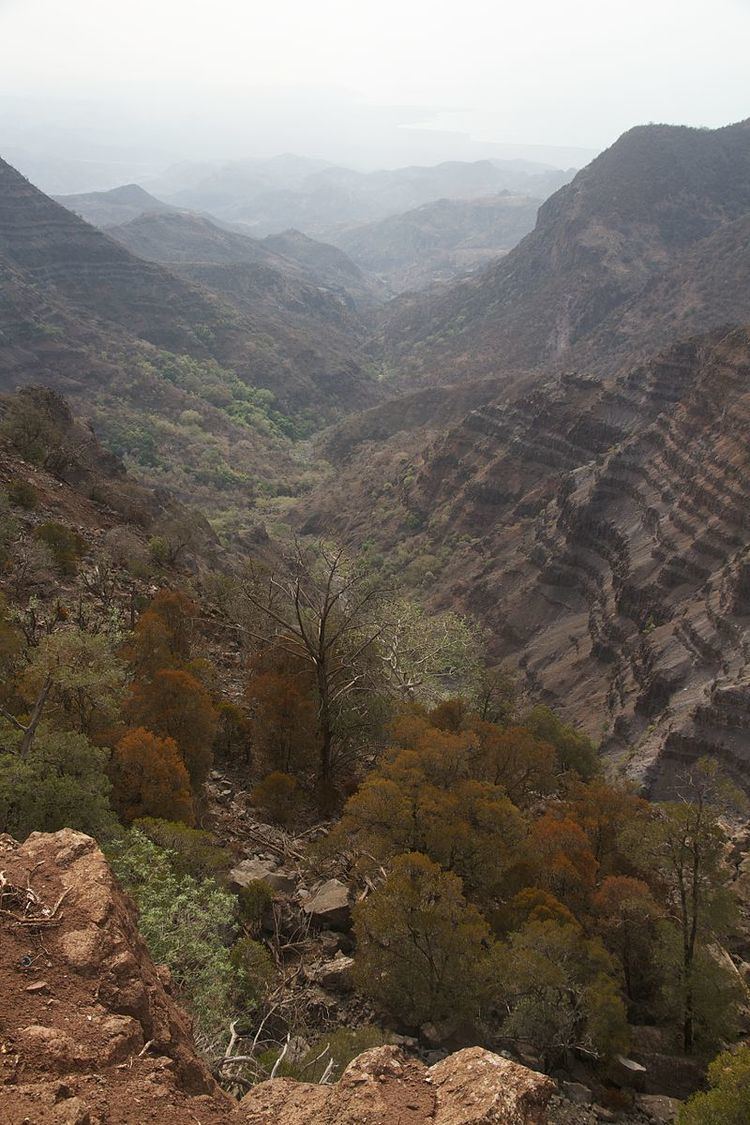Location Djibouti Address Djibouti Established 1939 | Nearest city Tadjoura Area 14 km² | |
 | ||
Hours Closed today SaturdayClosedSundayClosedMonday9AM–8PMTuesday9AM–8PMWednesday9AM–8PMThursday9AM–8PMFriday9AM–8PM Similar Goda Mountains, Lake Abbe, Lake Assal, Moucha Island, Ardoukoba | ||
Day Forest National Park, also known as Forêt du Day National Park, is a national park in the Goda Mountains of Djibouti.
Overview
Along with Mount Mabla, the Forêt du Day National Park is one of Djibouti's two remnant areas of closed forest. It protects an important forest island in a sea of semi-desert, with four dominant species: Juniperus procera, Olea africana, Buxus hildebrantii, and Tarchonanthus camphoratus. Doum-palm found in the western part of the plain of Hanle, at the foot of Gamarré on the edge of the plain Gagadé. The vegetation becomes more abundant with altitude. Thus the set of Day and its extension to the crest of Goda are occupied by an ancient juniper forest, ficus, mimosa, wild olive trees, boxwood, dragon etc.
This is the largest forest in Djibouti. The forest has a total area of approximately 13 900 ha. The most valuable part of national park is 900 ha large stand of East African junipers Juniperus procera which grows in the heights above 950 m. Junipers here reach height of 20 m, but many trees have died off in recent decades, while the boxwood B. hildebrantii is expanding in their stead.
Notable animals found here include the Djibouti francolin (Pternistis ochropectus), a population of green-winged pytilia that may actually be a distinct species or subspecies (Pytilia (melba) flavicaudata), as well as the mysterious and undescribed Tôha sunbird or Djibouti sunbird (Chalcomitra sp. indet.). All of these birds do not occur outside Djibouti, and except for the francolin they have only ever been found in Day Forest. More widespread birds inhabiting the forest are Gambaga flycatcher (Muscicapa gambagae), Somali bulbul (Pycnonotus (barbatus) somaliensis) and Somali starling (Onychognathus blythii). The rare colubrid snake Platyceps afarensis is also found here.
The forest as a whole has been under long-term environmental threat: 88 percent of the Day Forest has been lost in the last two centuries, and more than 20 percent of the loss has occurred in the last 50 years.
